Pipelines are essential for transporting oil, natural gas, and refined products over long distances cost-effectively and efficiently. However, like any infrastructure, pipelines have risks that must be managed to ensure safe and reliable operations. These risks range from mechanical damage and corrosion to external environmental factors. Effective risk management strategies are crucial to prevent accidents, protect the environment, and ensure the longevity of pipeline systems.
One of the most advanced solutions to mitigate risks is DragX, a revolutionary surface treatment technology designed to protect pipelines from corrosion and wear, ensuring safer operations. In this article, we’ll explore the benefits of pipelines, key risk management practices, and how DragX plays a critical role in reducing pipeline risks.
Pipelines offer several advantages for fuel transportation:
- Cost-Effectiveness: Pipelines provide the most economical means of transporting large volumes of oil and gas over long distances.
- Environmental Efficiency: Compared to other modes of transportation, pipelines have a lower environmental footprint, reducing emissions and the risk of accidents.
- Reliability: Pipelines ensure a constant and steady fuel supply with fewer interruptions, making them vital for meeting growing energy demands.
- Safety: Though pipelines carry risks, they are generally safer than road, rail, or sea transport, with fewer accidents and spills reported.
Key Pipeline Risks and Risk Management Strategies
While pipelines are highly beneficial, they also face several potential risks. Implementing comprehensive risk management programs is essential to address these challenges.
- External Mechanical Damage
Mechanical damage is one of the most frequent risks, occurring when pipelines are unintentionally impacted during construction, excavation, or drilling activities near the system. Proper signage, personnel training, and exchange of information are necessary to prevent such incidents.
- Corrosion
Corrosion is a significant risk that can occur externally and internally.
- External corrosion is often caused by the deterioration of protective coatings, loss of cathodic protection, or exposure to aggressive environmental conditions.
- Internal corrosion is typically due to the characteristics of the transported fluid or metallurgical defects in the pipeline materials.
Corrosion leads to localized weaknesses, reducing the structural integrity of pipelines and potentially causing leaks. DragX surface treatment is highly effective in mitigating corrosion risks by providing a protective barrier that enhances durability and extends pipeline life. Regular inspections, such as ultrasonic pigging, can help detect early signs of corrosion.
- Environmental and Terrain Risks
Pipelines are vulnerable to shifts in the terrain, such as seismic activity, sinkholes, flooding, and landslides, which can cause structural damage. Conducting terrain analysis both before installation and after environmental events is essential for ensuring the stability of the pipeline and performing timely repairs.
- Wear and Material Defects
Stress during construction or inherent material defects can weaken the pipeline over time, leading to leaks. To prevent these risks, rigorous quality control during construction is critical. Strength tests conducted before pipeline use at higher-than-operational pressures can detect material weaknesses.
- Actions by Third Parties
Though rare, theft, sabotage, or vandalism can pose risks to pipelines, particularly for above-ground infrastructure. Implementing surveillance, security systems, and fencing for external pipelines can mitigate these risks.
Risk Management and Technology Advancements
The energy industry increasingly relies on advanced technologies to manage risks and ensure pipeline safety. Implementing monitoring systems, automated controls, and real-time data collection enables operators to detect even slight variations in flow or pressure, helping to prevent leaks and other issues before they escalate.
As technology continues to evolve, pipeline construction and maintenance are also changing. New materials and advanced coatings like DragX represent the future of pipeline safety, offering superior protection against corrosion and wear.
How DragX Surface Treatment Reduces Pipeline Risks
DragX is a next-generation surface treatment technology that plays a vital role in risk management by enhancing the durability and safety of pipelines. It addresses some of the most critical risks, including corrosion and wear, ensuring pipelines can operate efficiently and safely for longer periods. Here’s how DragX helps mitigate key pipeline risks:
- Corrosion Protection: DragX forms a robust barrier on the pipeline surface, preventing corrosive elements such as moisture, chemicals, and environmental factors from penetrating the metal. This reduces both internal and external corrosion risks, ensuring structural integrity.
- Extended Pipeline Lifespan: By protecting against corrosion and wear, DragX helps extend the life of pipelines, reducing the frequency of maintenance and the need for early replacement, which saves time and costs.
- Reduced Maintenance and Repair Costs: With DragX applied, pipelines are less susceptible to corrosion-related failures, meaning operators can lower maintenance costs and avoid unplanned repairs, enhancing operational efficiency.
- Enhanced Safety: With corrosion and wear minimized, the risk of pipeline leaks or failures is significantly reduced. This improves the safety of the surrounding environment, protecting ecosystems, communities, and the overall energy infrastructure.
Pipelines are vital to the energy industry, providing efficient and reliable fuel transportation across vast distances. However, the inherent risks of pipeline operations—ranging from corrosion and mechanical damage to environmental factors—require a robust risk management approach.
DragX surface treatment is a game-changer in the fight against pipeline corrosion, offering superior protection and reducing the likelihood of failure. Combined with advanced monitoring and regular inspections, DragX helps ensure pipelines remain safe, efficient, and durable for years. Learn more about DragX with our experts.

